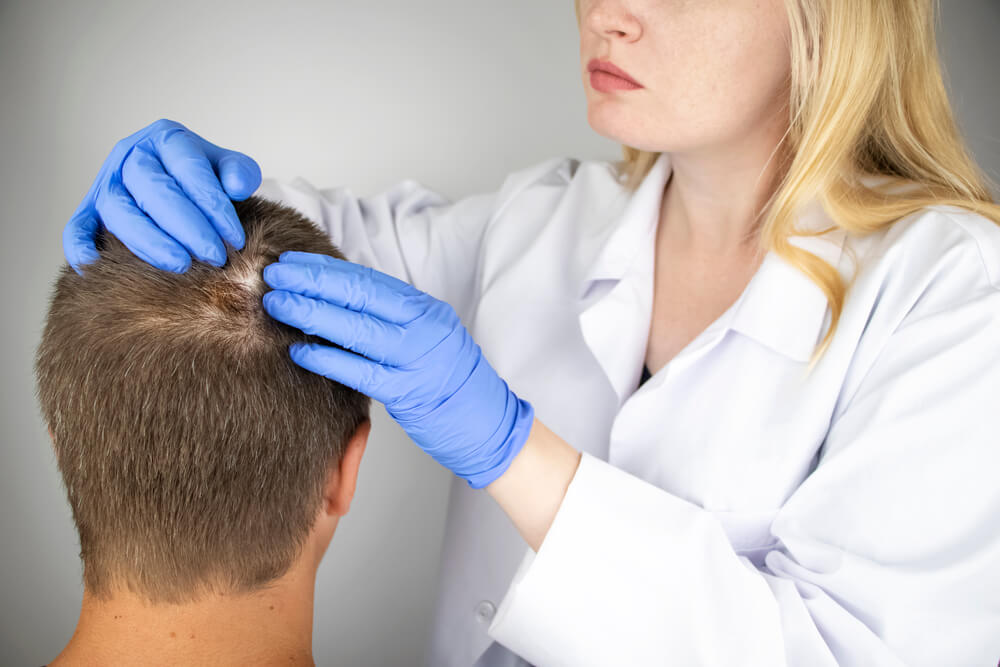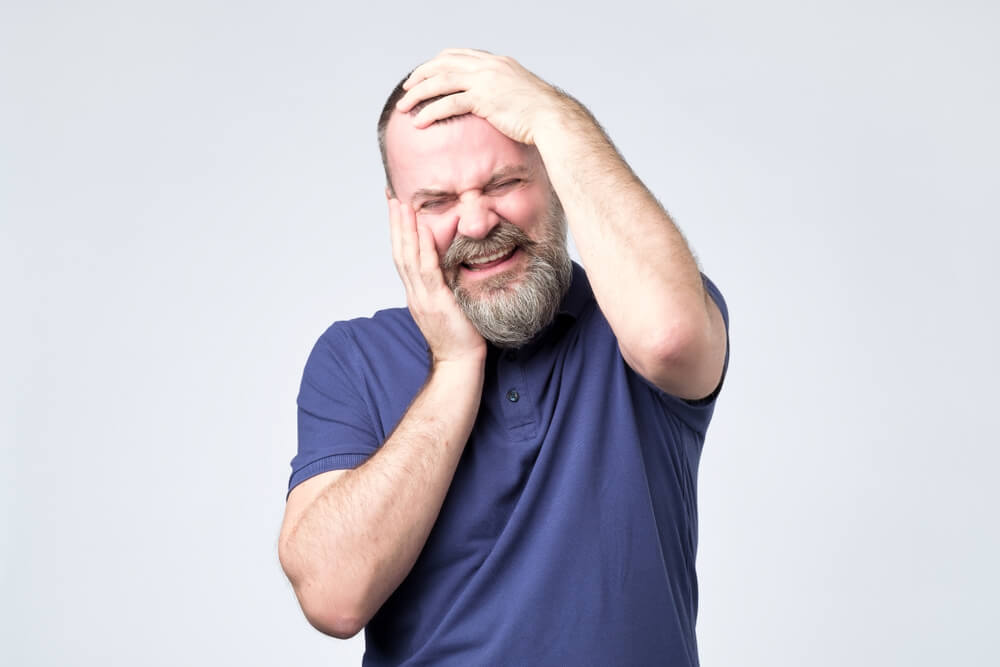You feel itching on the scalp or face. You see a rash and redness. You have dandruff and you don’t like the way it looks. And maybe you have scales on your scalp and feel that your skin flaking and peeling.
You ask yourself: What’s going on? How do I get rid of this annoying itch, these scales, oily and red skin, and stubborn facial dandruff?
If this is the case you might have seborrheic dermatitis. People all over the world have problems with this chronic skin disease. It is not contagious and can resolve by visiting a doctor.
However, if the symptoms are persistent and do not go away with treatment at home or only get worse, you should see a doctor.
If you live in the Fort Lauderdale or Boca Raton area and want to find out more from experts in dermatology, you can contact our seborrheic dermatitis specialists at Green Dermatology & Cosmetic Center in Deerfield Beach. We are here for all questions and concerns and will strive to help you solve any dermatologic problem you may experience.
What Is Seborrheic Dermatitis?

Seborrheic dermatitis is also called seborrhea, and it is a condition of skin inflammation.
It has been proven that men have it more often than women, and teenagers and babies can have it too. Although this condition is stressful and uncomfortable, you can keep it under control. Also, seborrheic dermatitis will not affect your general health.
Seborrheic dermatitis most commonly affects parts of your body such as:
- The scalp,
- The face (eyebrows, cheeks, nose, chin, sometimes eyelids),
- The ear area,
- The chest and back,
- Rarely the armpits, elbow, or behind the knee.
It most often appears on the scalp and facial skin, especially if the skin is oily.
Symptoms include itching and redness of the skin, greasy skin or hair, white or yellow crusty scales on the surface of the skin, and even scabs. People with dark skin usually have light spots because seborrheic dermatitis affects the pigment cells as well
If you notice any of these symptoms, you should not ignore them. It is necessary to treat the skin properly.
Although there are no special tests that confirm that you have seborrheic dermatitis, your symptoms can clearly indicate it. And if you decide to seek medical help, your dermatologist will find the right treatment based on your symptoms, general health, and medical history.
At Green Dermatology & Cosmetic Center, you can find professional medical help for this problem. Feel free to contact our Dr. Jason Green for all concerns and questions and to get the correct diagnosis and treatment.
Why Does Seborrheic Dermatitis Occur?
Although it does not look nice, the appearance of dandruff on the face or skin, scalp scales, or itching has nothing to do with personal hygiene.
It is still not entirely clear when seborrheic dermatitis can occur. Research has shown that there are various causes for this persistently stressful skin condition. It can occur due to:
- Genetic causes
- Sebaceous dysfunction
- Hormonal changes
- Diseases of the nervous system
- Immune disorders and diseases such as HIV
- Improper diet
- Fungal microorganisms on the skin
- Irritated skin
- Stress.
In some situations, seborrheic dermatitis worsens, mostly because of stress, fatigue, weather conditions, inadequate shampoos, shower gels, and soaps.
How to Treat Seborrheic Dermatitis?
We most often encounter the problem of dandruff, itching, and scales on the scalp, but many people also have problems with facial dandruff.
Scalp Treatments
Anti-dandruff shampoos are most often used for scalp dermatitis treatment. These products should contain:
- selenium sulfide
- tar
- zinc pyrithione 2%
- ketoconazole.
Ketoconazole products are antifungal and are used daily, primarily for scalp dermatitis treatment. It should be kept on the scalp for at least 15 minutes before rinsing.
You should not use anything with a strong perfume, several chemicals, alcohol, and things that can further irritate your scalp. You don’t want to create extra scalp scrubs or continue scratching, which can only make the condition worse.
Treatments in Other Areas
Seborrheic dermatitis appears on other parts of the body. On the face, you most often notice facial dandruff and that causes you to feel uncomfortable – you might even lose some of your self-confidence.
We treat the face and other areas with similar ingredients as the scalp, but there are special products we use for these purposes.
Seborrheic dermatitis is treated on the face with:
- Soaps that contain zinc pyrithione 2%
- Hydrocortisone (mild topical steroid)
How to Help Your Skin With Seborrheic Dermatitis

- Try not to scratch your scalp or face when they are itching. You can scratch or tear off the old scales and risk infection. Scratching can make the skin even more oily.
- Use seborrheic dermatitis moisturizers that are non-aggressive and mild and adapted to your skin type. Your skin might be either oily, dry, or a combination of the two. Make sure to use the most fitting solution.
- Avoid using the hairdryer and let your hair dry completely before putting it in a ponytail or braid or putting on a hat.
- Consume fish, green vegetables, tomatoes, olive oil, almonds, and other foods rich in zinc and vitamins E and C.
- Use probiotics.
- Olive-, fish oil and aloe vera can help you with natural care.
Bottom Line
Seborrheic dermatitis can be persistent, but not impossible to live with. On the other hand, you can get rid of dandruff on the scalp or face with the right choice of treatment by Dr. Jason Green.
If you cannot keep this problem under control yourself, feel free to contact us at the Green Dermatology & Cosmetic Center in Deerfield Beach, FL, and schedule your appointment with our experts (954)481-0650.



